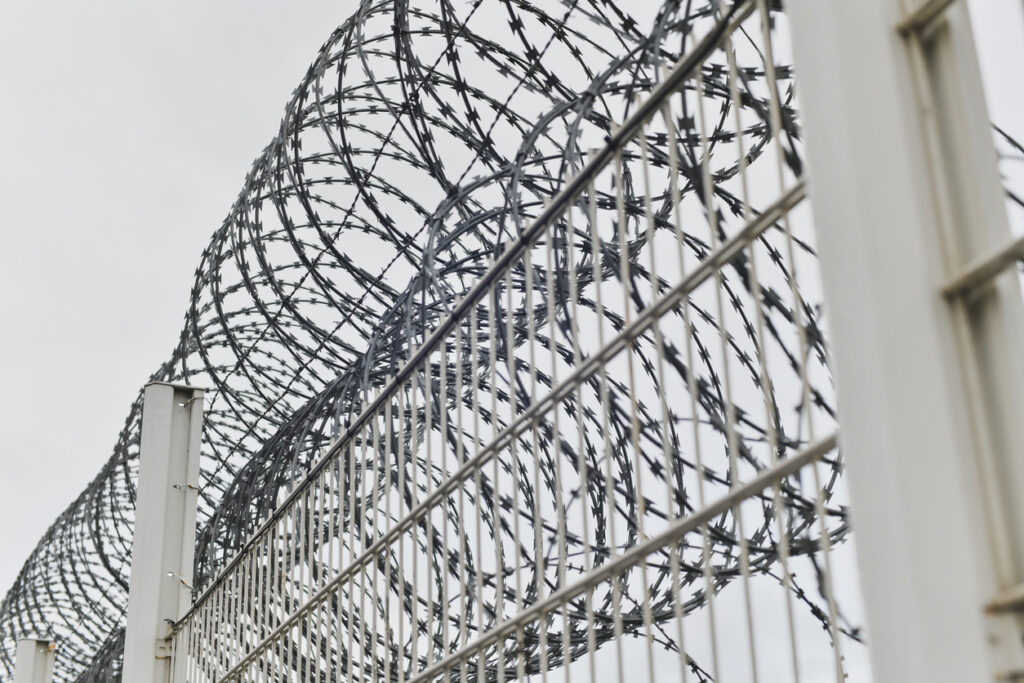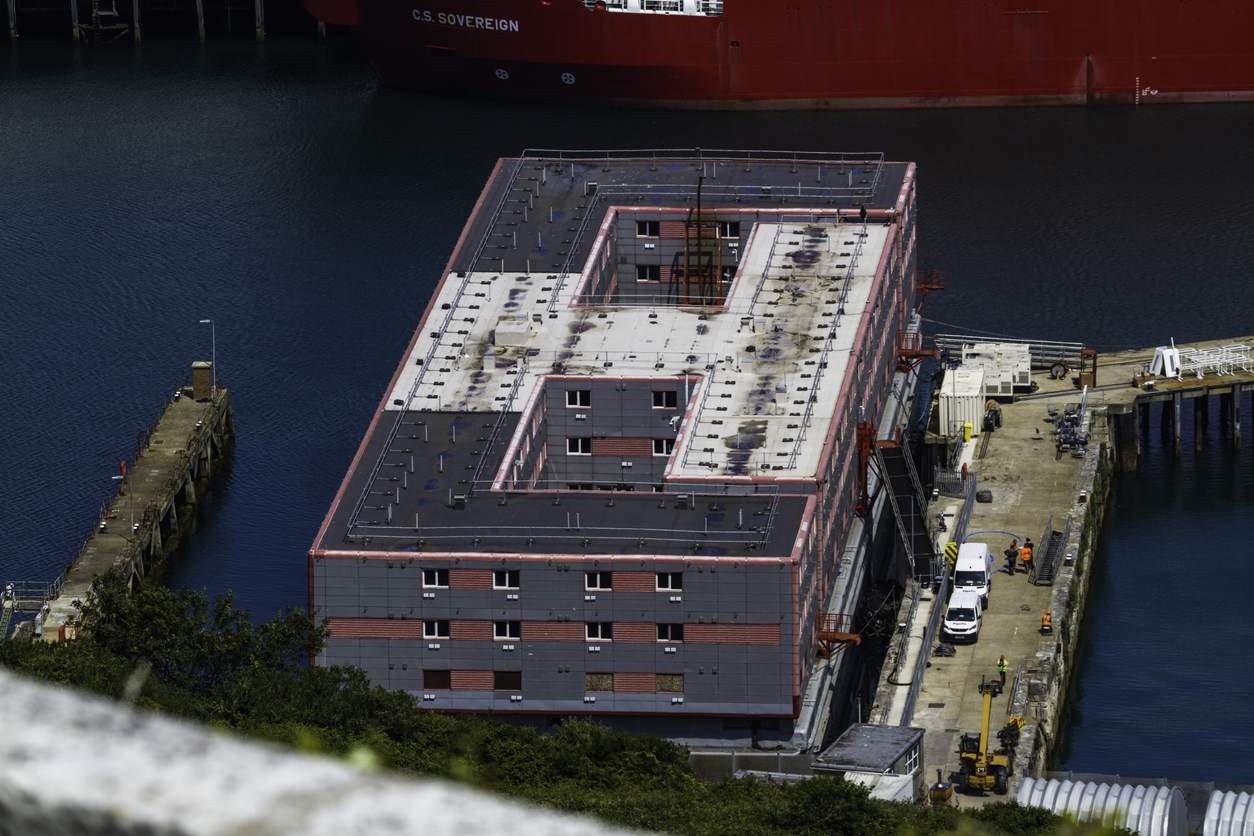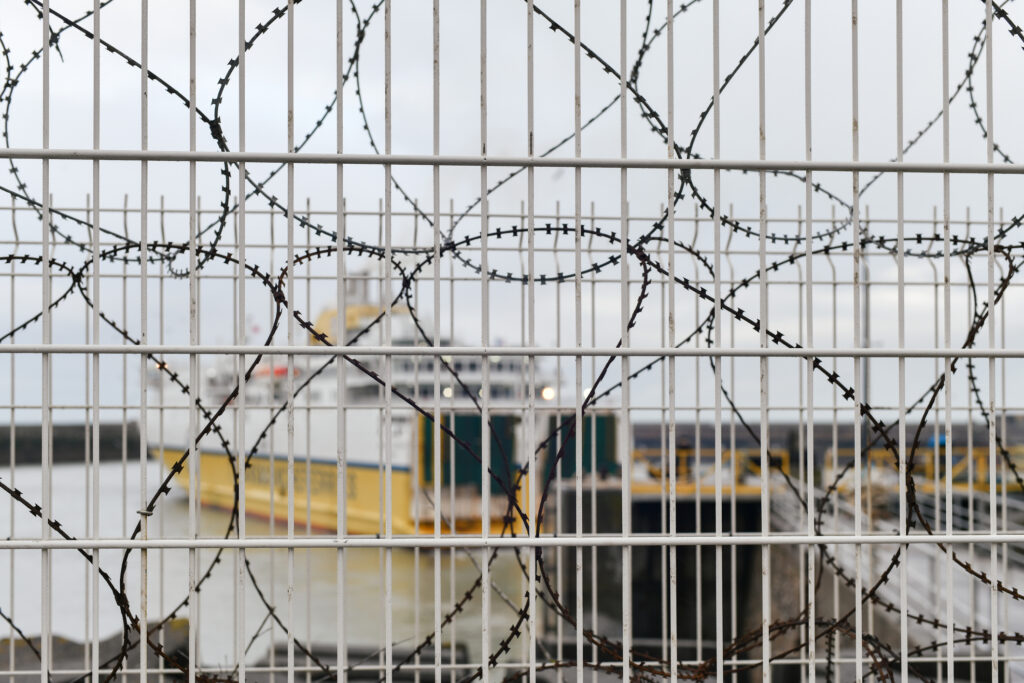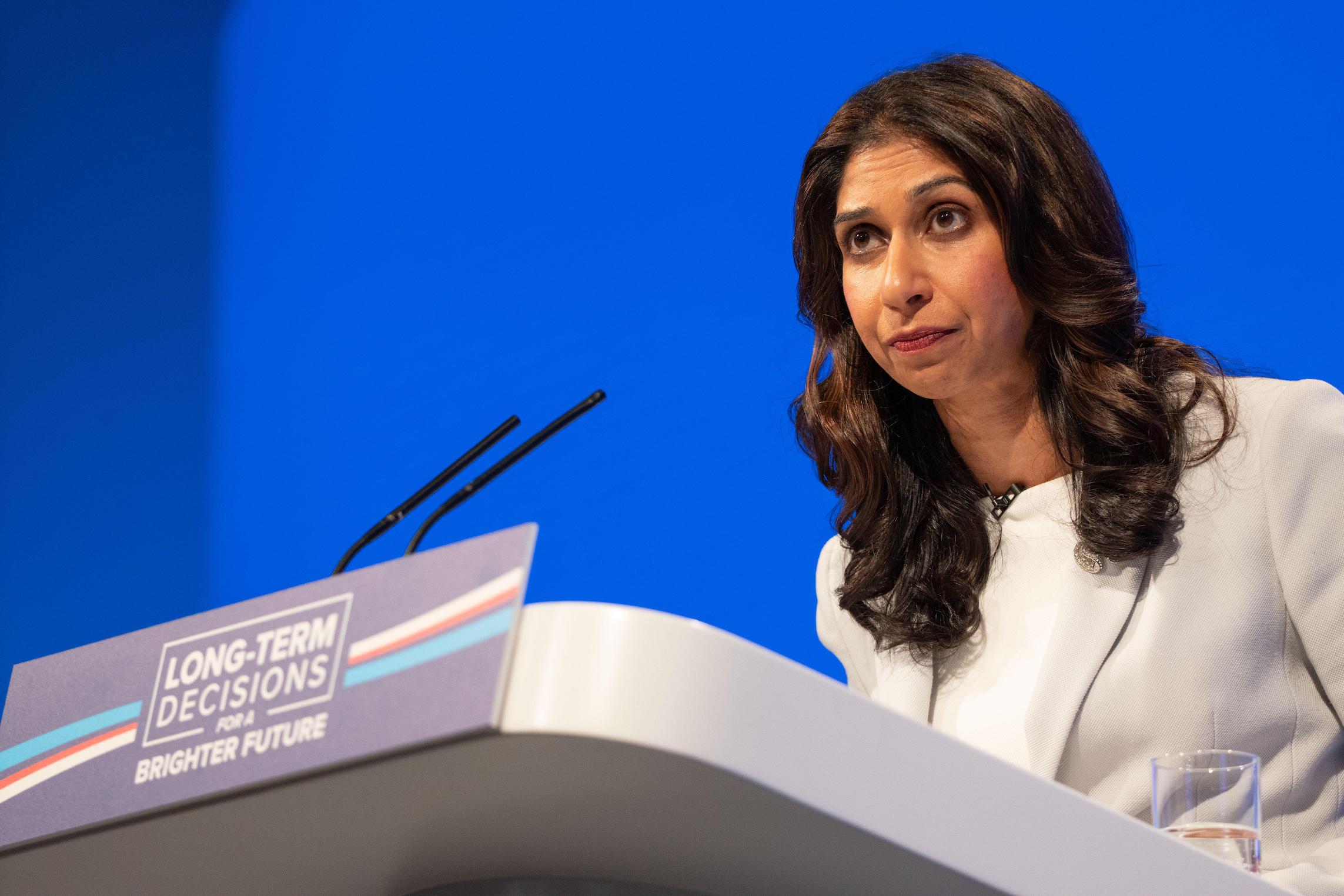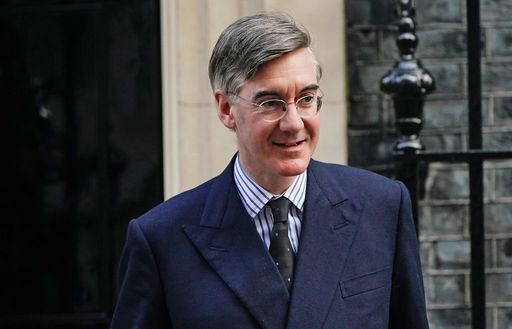What is the level of UK Immigration?
There are traditionally two ways in which the migration of people is measured.
The first way relates to the net flow of people across international borders. According to the Office of National Statistics, in 2022,1.2 million people migrated into the United Kingdom, whilst 557,000 emigrated out of it. This resulted in an annual net migration figure into the UK of 606,000 in 2022.
The second way to measure migration relates to the number of people living in a particular country, who are either not nationals of that country (so excluding dual nationals), or who were born abroad.
In 2021. 9.6 million people living in the UK had been born abroad. And in the year to December 2019, 6.0 million people (circa 9% of the population) possessed the nationality of a different country. Of these 6.0 million people, 3.9 million were said to be EU nationals, with roughly 1 million UK nationals themselves said to be living in other EU countries (excluding Ireland).


What is net migration?
The difference between immigration and emigration is expressed in terms of net migration.
Immigration relates to the movement of peoples into a country for residential purposes, which could be for a number of reasons, including economic, familial, social or personal. Emigration by contrast, relates to the number of people moving out of that country to live abroad.
Net migration indicates that more people are entering a country to live, than are leaving it to live abroad.
Migration to escape the fear of persecution for reasons of race, religion, social group or political opinion is termed as ‘asylum‘. Although those seeking asylum are counted as a sub-set of overall migration figures, the asylum seeker issue is distinct in its own right. It is separate from some of the wider discussions around immigration.
In 2022, the UK offered protection to 23,841 people from a total of some 78,768people who had applied. An additional 4,473 family reunion visas were issued to partners and children of those previously granted asylum or humanitarian protection in the UK.
Taken together, those granting asylum and their families, therefore only accounted for small fraction of the total number of people (1.2 million) who were migrating or moving back to the UK.
The history of net migration in the UK
Since 1990
Since 1990 there has been a marked increase in UK net migration, which in part explains the increasing prominence of immigration as a political issue.
Where there continued to be a net exodus of people out of the UK in the first few years of the 1990s, the UK has experienced net migration every year since 1993.
Average annual net migration totalled 65,000 in the decade between 1990 to 1999; 250,000 in the decade between 2000 to 2009; and 229,000 in the decade between 2010 to 2019.
In the thirty period between 1990 and 2020 as a whole, the UK’s cumulative level of net migration totalled 5.66 million.
During the last part of that period (2010 to 2020), levels of net migration stood in contrast to the stated policy objectives of the government.
The 2010 Conservative/Liberal Democrat Coalition agreement announced a policy to reduce net annual migration from “hundreds of thousands” to “tens of thousands” by 2015. Whilst, in 2018 the government’s White Paper on immigration stated the government’s policy objective as being to bring net migration down to below 100,000 per year.
According to the Office of National Statistics, in the year ending December 2019, 11% of people migrating to the UK were returning British nationals, 29% were from EU countries, and 60% were nationals of non-EU countries.
Formal study was the most common reason for immigration into the UK (36%), followed secondly by work (32%). Family was then the third highest figure, based on the relationship that someone had with a person someone already settled in the UK or a British citizen.
In 2020, data from the Office of National Statistics showed that 15.5% of people living in the England had been born outside of the UK. The equivalent figures were 6.5% for Wales, 7.0% for Northern Ireland, and 9.3% for Scotland. Some 37% of the population living in London had been born outside the UK.
What is the government’s current policy on immigration?
Government policy on immigration is now focused on the twin track approach of laying out a path for legal immigration and aggressively tackling illegal immigration.
In November 2019, after many years of failing to hit the number, the UK government abolished its arbitrary target in relation to annual levels of net migration.
In 2021, and in response to fresh restrictions being imposed by China on the freedoms of people in Hong Kong, the UK government laid out a UK visa scheme that has provided for the additional migration of people from Hong Kong. This was joined by the the Homes for Ukraine scheme in the spring of 2022.
Legal Immigration
Following the UK’s departure from the European Union, there have been a number of changes to the UK’s immigration system since January 1st 2021. Where those from other EU countries previously had an automatic right to work in the UK, any EU citizen is now treated in the same as those from the rest of the world.
The government has laid out a series of different visa schemes through which people may legally migrate to the UK.
Those wish to qualify for a work visa must now pass through a points system, one in which they need to qualify for 70 points.
In its simplest form, having a firm job offer qualifies someone for 40 points, speaking English provides for a further 10 points, and having a job offer in excess of £25,600 provides for the remaining 20 points required.
An additional 10 points can be obtained by having a PHD (20 points if the PhD is in science, engineering or maths). There are then 20 points available for any job in which the UK has a shortage. Certain jobs in health and education can also attract 20 points, even if the salary is below the £25,600 level.
Those seeking a UK visa must pay an application fee which varies depending on how long they propose to work in the UK, and whether their skills are on the list of areas in which the UK has shortage of skilled workers. Applicants are also required to show that they have sufficient funds to support themselves when first arriving in the UK (typically said to be around £1,270).
Fresh UK immigration rules have also been announced for those looking to come to the study in the UK, alongside plans for a graduate visa which will allow those who have completed a degree to stay in the UK for two years post their studies (or 3 years if they have completed a PhD).
There is also a Global Talent, Innovator and Start Up visa available to those with ‘exceptional talent’ in engineering, science, technology or culture’.
A separate EU settlement scheme exists allowing those from other EU countries who were living in the UK prior to the end of 2020 to stay in the UK, providing they applied for settled status before the end of June 2021.
Illegal Immigration
The government is currently seeing record levels of illegal immigration into the country, mostly from small boat crossings across the channel. In order to combat this, the Illegal Immigration Act was passed in July 2023, designed to deter crossings giving the government the power to set migration partnerships, where asylum seekers who enter the UK irregularly may be sent to another country the government deems “safe”.
The act has been met with fierce criticism, in a joint statement the UN human rights chief Volker Turk and the UN refugees head Filippo Grandi said, “This new legislation significantly erodes the legal framework that has protected so many, exposing refugees to grave risks in breach of international law”.
During a debate on the bill in the House of Commons in March 2023, Shadow Home Secretary Yvette Cooper said, “The Government could be setting out a serious plan today. We would work with them on it, and so would everyone across the country. Instead, it is just more chaos”.
She continued, “We cannot afford any more of this—slogans and not solutions, government by gimmick, ramping up the rhetoric on refugees and picking fights simply to have someone else to blame when things go wrong. This Bill is not a solution. It is a con that risks making the chaos worse”.
Rwanda Agreement
In the spring of 2022, the Home Secretary Priti Patel announced proposals for a £120 million scheme under which single men arriving to the UK by boat or lorry would be transported to Rwanda.
Under the proposal, Rwanda would take responsibility for those transported there from the UK. The Rwandan government would then put each individual through an asylum process, and at the end of that process, if the individual was successful, they would have long-term accommodation in Rwanda.
The government defended the plan on the grounds that it would put an end to the people smuggling trade, with the numbers crossing the English Channel in small boats having risen from 8,404 in 2020 to 45,756 in 2022. Critics argued the plans were inhumane and unworkable.
No asylum seeker has actually been sent to Rwanda so far. The first flight was scheduled to go in June 2022, but was cancelled after legal challenges.
There are also concerns of cost: an economic-impact assessment prepared for the government’s Illegal Migration Bill estimated that removing each individual to a third country, such as Rwanda, would cost £63,000 more than keeping them in the UK.
Immigration from Hong Kong
In January 2021, following news that the Chinese government had passed a national security law which restricted the rights and freedoms of people in Hong Kong, the UK government announced plans for a new immigration route for British National (Overseas) status holders to allow them and their family members to live, work and study in the UK.
Historical comparisons have been made to the Uganda Resettlement Board that was set up in the UK in 1972. Through that passport programme, some 27,000 Asian citizens from Uganda and Kenya, expelled or threatened by the policies of President Idi Amin, were permitted to move to the UK.
In relation to Hong Kong, the government has suggested that the current provision may enable 2.9 million BN(O) status holders, and a further 2.3 million eligible dependants, to migrate to the UK.
The UK government’s impact assessment has estimated that between 123,000 and 157,000 BN(O) status holders and their dependents would arrive in the first year of the scheme, with between 258,000 and 322,400 expected to migrate over a five year period.
In 2021, three serving Shadow Ministers (Stephen Kinnock MP, Steve Reed MP, and Holly Lynch MP) were reported as having written to the Ministry of Housing, Communities stating that they were, “increasingly concerned that there appears to have been little or no planning done for the integration of BN(O) visa holders into British society”.
Referencing the potential significant movement of people involved, they reportedly called for the government to work with local authorities to head off problems for Hong Kongers in “settling, integrating, accessing the labour market and using public services”.
The Home Office has estimated that the benefits of the tax receipts from potential new arrivals under its Hong Kong BN(O) Visa route, many of whom are likely to work in well paid sectors, will yield a benefit to government finances of between £2.4 and £2.9 billion over five years.
Immigration from Ukraine
Following the Russian invasion of Ukraine, in the spring of 2022 the UK government introduced a new scheme for Ukrainian nationals.
The Ukraine Sponsorship Scheme allows Ukrainian nationals and their family members to come to the UK if they have a named sponsor under the Homes for Ukraine Scheme. Refugees who come via the scheme will be able to live and work in the UK for up to three years, and have access to healthcare, welfare and schools.
By the end of May 2022, the United Nations said some 6.9 million people had fled Ukraine, with 2.1 million having returned. By 30 September 2022 a total of 220,225 applications received across both Ukraine Visa Schemes, of which 189,131 had been granted.
Arguments around UK immigration
UK Immigration remains a hugely controversial and politically sensitive subject, with a range of arguments and opinions typically put forward:
The benefits of immigration
Those supportive of immigration point to the benefits it brings in terms of increases in the productive size of the economy, and the growth in the labour force. This is particularly the case in those sectors of the economy where there is a skilled worker shortages or where migrants can fill jobs that are simply not filled by domestic workers such as seasonal fruit picking.
Further benefits are expressed in terms of the mobility and flexibility that immigration can bring to the labour market, and in its ability to help deal with an ageing population. It is further suggested that those migrating into a new country are more likely to work as potential entrepreneurs who then create fresh wealth.
With the UK migration figures heavily influenced by those coming to the UK to study, many stress the benefits provided by these overseas students. In the period to September it was said that the government granted some 281,008 Tier 4 Sponsored Study visas. With those on a student visa, paying higher levels of tuition fees than domestic students, international students were said to be paying over some £4.8 billion in tuition fees, equivalent to 14% of the income of UK universities.
The arguments supporting immigration also spread beyond basic economics. International migration is championed as something that leads to greater cultural diversity and which supports inclusivity. In an integrated world, in which barriers to travel are now considerably reduced, immigration is said to bring positive aspects of foreign cultures into a host country, whether that be cuisine, music, or the arts.
Concerns around immigration
In contrast those expressing concerns about immigration, and in particular at the scale and speed of immigration, express worries about the pressures that it can place on a country’s existing infrastructure.
These concerns are mostly directed at public service provision and housing. These problems are said to be most acutely felt when migration is concentrated on a particular geographic area, and it is suggested that newfound tensions can threaten community harmony.
An advisory committee report produced for the Ministry of Housing, Communities, and Local Government, has separately pointed to a relationship between immigration levels and rising house prices.
In August 2023, a YouGov poll reported that 60% of Brits thought immigration has been too high in the last 10 years. These are concerns that have been taken up by the pressure group Migration Watch, which states that at 430 people per square kilometre, England is nearly twice as crowded as Germany (227 people per sq/km) and more than three times as crowded as France (117 people per sq/km).
Critics of increasing immigration levels have also suggested that the UK’s slow overall wage growth in the period 2010 to 2020 was associated with higher annual levels of migration, albeit this link has been refuted by a Bank of England study.
Quotes
“The UK has a proud history of being open to the world. Global Britain will continue in that tradition. Our society is enriched by legal immigration. We are a better country for it. We recognise the contribution of those who have come to the UK lawfully and helped build our public services, businesses, culture and communities and we always will. We also take pride in fulfilling our moral responsibility to support refugees fleeing peril around the world” – Priti Patel, then-Home Secretary, writing in the Foreword to the government’s ‘New Plan for Immigration‘, March 2021.
“I would love to have a front page of the Telegraph with a plane taking off to Rwanda, that’s my dream, it’s my obsession.” Suella Braverman, then Home Secretary, 2022









